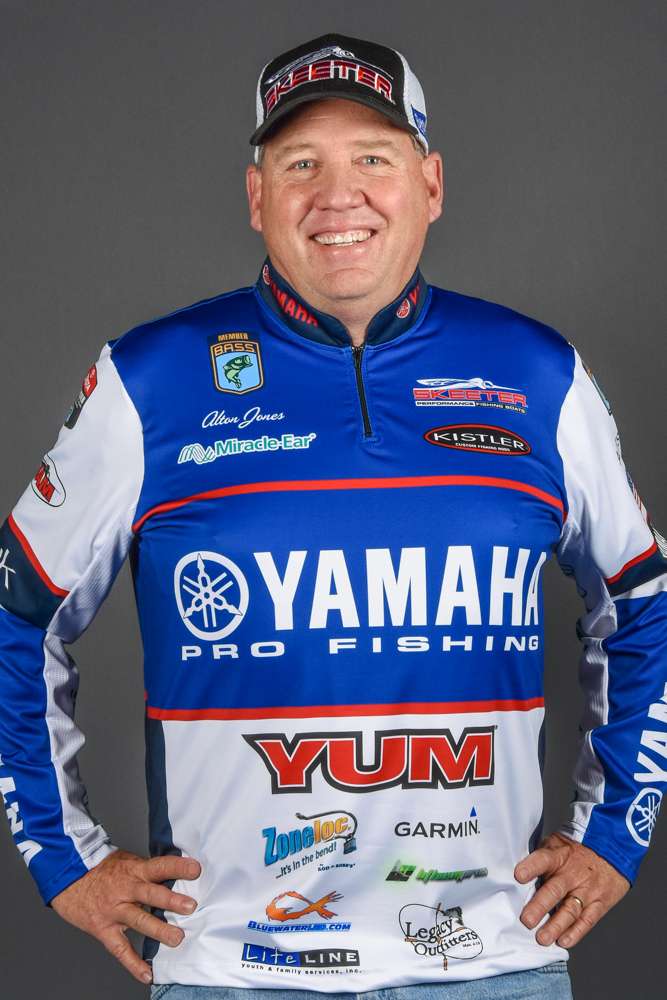
Several weeks ago, I experienced something I’d never before experienced in my career — total loss of boat control. What happened to me during the Elite Series event on the Sabine River is something you hope never occurs, but thankfully, no one was injured and the incident serves to reinforce some very important points that I’ll be minding during this week’s Huk Bassmaster Elite at Chesapeake Bay presented by Mossy Oak Fishing.
The story has been told before, but here’s the relevant summary: I was making a 60-mile run up the Sabine and, once you get about 10-15 miles above Orange, Texas, this river becomes one of the most difficult waterways I’ve ever navigated. It’s full of log jams and with the river up that week, they were all underwater.
You learn to spot boils in the water, which indicate wood just below the surface, and avoid those spots. But there are so many logjams, you can’t avoid them all.
I’d clip stuff with my propeller or skeg every single day, but usually, I’d just feel a little bump. One of those bumps required me to get my prop shaft replaced after Day 1, but on Day 3 I hit a submerged log hard enough to make me wonder if I had damaged anything.
Everything was functioning fine until 10 minutes later when the river made a right-hand turn and my boat did not. The skeg on a Yamaha SHO is about 7 inches long, but mine had been shortened to about 3 inches, so my boat broke lose in the turn and I ran up onto the bank.
Fortunately, this happened in the middle of the river, so by the time I reached the shore, I had slowed down to about 10 miles per hour. My Marshall and I were uninjured, and because I ended up between two cypress trees, there wasn’t any damage to the boat. However, experiences like that really make you think and this one left me with a heightened emphasis on precaution and response.
- First, I inspect my lower unit daily. Sometimes, seemingly minor bumps can cause damage that leads to more significant issues.
- If you do find yourself in a situation where you’re not in control, you’re best response is to brace for impact. In my case, it was more of a slide onto the mud, but I still told my Marshall to cover and duck.
- You always hope that this type of scenario does not result in anyone thrown out of the boat, but if you can think quickly enough to take your engine out of gear and pull your kill switch, at least you won’t have to worry about a spinning prop being in the mix should something worse happen.
- Lastly, we simply cannot overemphasize the importance of wearing your life jacket. I wear a full Skeeter life vest so I don’t have to wait for anything to inflate.
Both this week’s event on Chesapeake Bay and then the St. Lawrence River event are going to be big-water events, and this always calls for extra care in driving your boat. The challenges and considerations are different than in a shallow, woody river, but the principle remains the same.
My biggest takeaway from the Sabine River incident was the realization that you can try your best to do everything right and things can still go wrong. This tells me that there’s never any room to relax when operating a bass boat. Safety must always come first. We owe it to ourselves, we owe it to whoever is riding with us and we owe it to the sport that allows us to make a living doing what we love.

